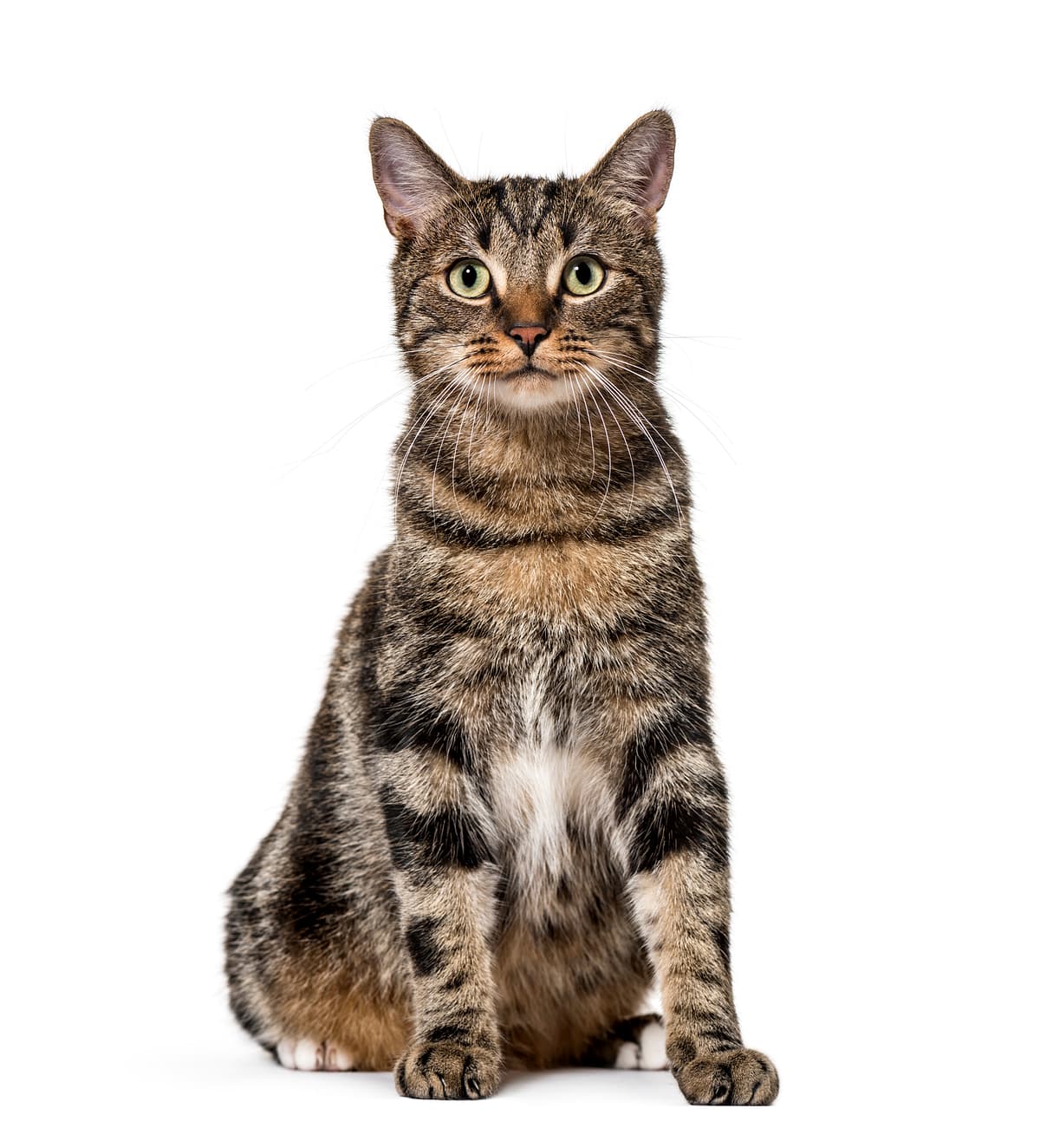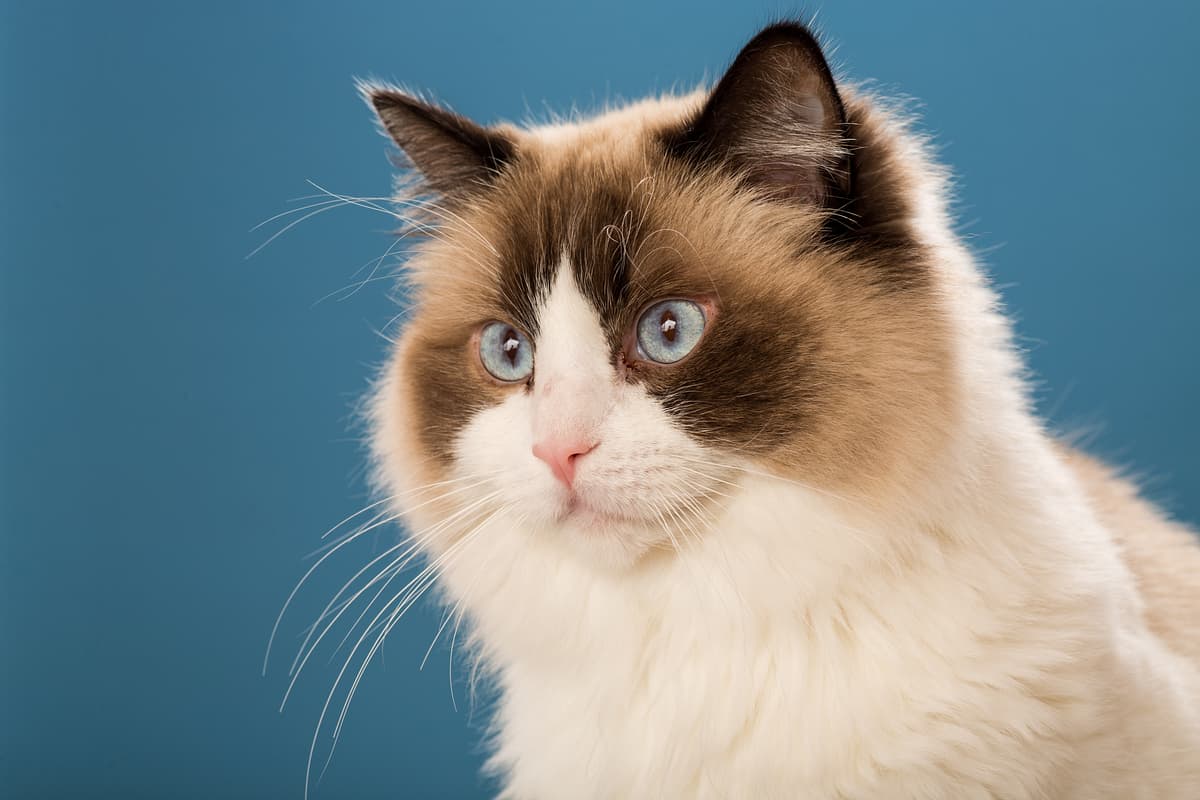Mixed breed vs Ragdoll
Discover the differences between Mixed breed and Ragdoll to make the best choice for your situation.
Try different breeds

Mixed breed
Mixed breed cats combine a variety of personalities, often resulting in playful, adaptable, and affectionate companions. Their diverse backgrounds make them well-suited to families and individuals alike.

Ragdoll
Gentle, affectionate, and known for their striking blue eyes, Ragdolls thrive as loving companions. Their relaxed nature makes them perfect for families and those seeking a calm feline friend.
Quick comparison
Medium
3.5–6 kg
Shorthaired, variable density
12–16 years
3–5 kg
Moderately active
Large
6–9 kg
Longhaired, silky
12–16 years
4–6 kg
Low activity needs
Personality & behavior
Compare the personality traits and behavioral characteristics of both breeds.
Mixed breed
Generally sociable with people and other pets
Learns routines and problem-solving tasks quickly
Moderate activity needs, varies by individual
Enjoys interactive play and exploring surroundings
Adjusts well to new environments and changes
Ragdoll
Affectionate and gentle with people and children
Learns routines and simple tricks quickly
Prefers lounging over frequent active play
Enjoys interactive toys in short sessions
Adjusts well to new environments and changes
Care needs
Exercise, grooming, and daily care requirements
Mixed breed
Dental disease, obesity
Ragdoll
Hypertrophic cardiomyopathy, bladder stones
Suitability
How well each breed fits different living situations and families
Mixed breed
Easy to manage
Mixed breed cats are typically adaptable and have varied, manageable temperaments.
Highly adaptable
They usually adjust well to smaller spaces and indoor environments.
Flexible companion
Mixed breeds can match a wide range of activity levels in active households.
Generally suitable
Many mixed breeds are tolerant and gentle with respectful children.
Usually sociable
They often coexist peacefully with other pets, depending on individual temperament.
May struggle alone
Some may develop stress or boredom if left alone for extended periods.
Ragdoll
Highly suitable
Gentle temperament and easygoing nature make Ragdolls easy for beginners to manage
Perfect fit
Ragdolls adapt well to smaller spaces and are generally quiet and calm indoors
Not ideal
They are not especially energetic and may not match fast-paced or highly active lifestyles
Great choice
Their tolerant and patient nature makes them safe companions for families with young children
Very friendly
Ragdolls are sociable and typically get along well with other pets in the household
Prone to anxiety
They dislike being left alone for long periods and may develop stress or behavioral issues
Breed strengths
What each breed excels at and their best qualities
Mixed breed
- Wide genetic diversity reduces inherited diseases risk
- Adaptable to various living environments
- Often have balanced, resilient temperaments
- Usually lower grooming requirements than purebreds
- Can display hybrid vigor and physical health
Ragdoll
- Gentle and calm temperament
- Tolerant of handling and children
- Typically gets along with other pets
- Low tendency for aggression or scratching
- Affectionate and enjoys human company
Challenges & considerations
Potential challenges and considerations for each breed
Mixed breed
- Unpredictable adult size and coat type
- Temperament can be harder to anticipate
- May have unknown medical background
- Less consistent appearance or personality traits
- Some may need extra socialization early
Ragdoll
- Prone to certain genetic heart conditions
- Requires regular grooming for long coat
- May develop obesity without exercise
- Slow to mature, both physically and emotionally
- Not suited for unsupervised outdoor life
Ready to choose your perfect breed?
Learn more about each breed or compare other breeds to find the perfect match for your lifestyle.
Discover more helpful tools
Make use of our other free tools to get the most out of your pet experience
